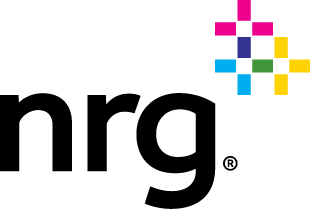Tried-And-True Methods for the C-Suite to Cut Energy Costs

NRG Energy Insights | Energy Education
In a world of diminishing resources, increasingly unpredictable supply chains, and global competition, energy management must become a board-level area of focus. However, HBR research indicates that energy is "often the largest inadequately monitored part of a company’s cost structure."
For many executives, the myriad of ways in which to enact energy savings are too varied and not succinct enough to be actionable. Here, we present four different tried-and-true methods for saving on energy expenditures.
Load shifting
Load shifting refers to shifting energy consumption to another time period, typically when power prices are lower or demand penalties can be avoided. Approximately 10 to 30 percent cost savings can be achieved this way, according to some estimates.
Likewise, shifting to off-times allows consumers to increase renewable energy generation (from either solar or wind plants) into their power mix. Load shifting can be easily achieved without any business disruption. This shift can be as simple as rescheduling operations activities, switching off unnecessary equipment, choosing on-site generation or using energy storage.
Demand response
Load shifting can be developed into demand side response (also known as DR), which can generate revenue for the company. Demand response solutions cover anything from access to on-site generation to turning down power or heating and cooling systems for a few moments. In a 2015 report, the National Renewable Energy Laboratory estimated the value of demand response plans from the population of supermarkets in Colorado was $32.85 per kilowatt-year (kW-yr).
Clear understanding of critical business function is paramount for this to be effective, as power consumption needs to be categorized as critical, essential and non-essential. An experienced partner, like NRG, can help with this planning.
Energy efficiency
The potential for energy efficiency is immense in every sector, especially for commercial and industrial consumers, and reducing energy consumption can generate substantial savings on energy related costs.
HBR found that oil refiner Valero, using fairly inexpensive energy meters and energy intelligence software to capture real-time data, found $120 million in energy savings over a single year of operation. General Mills introduced company-wide efficiency targets in 2005 working with the Department of Energy’s Better Plants Challenge. In one case, a monitoring program that identified leaking steam coils, a bad air flow sensor, and added a steam regulator cut the hourly cost of operating a device by well over half. Overall, the project in this one plant resulted in savings of more than $2.5 million per year.
On-site generation and renewables
The cost of building on-site generation, especially renewables, can be high in the short-term. It does, however, provide forward-looking potential benefits. The costs of renewable energy technologies has fallen rapidly, including everything from solar panels, wind turbines, biofuels, fuel cells, advanced batteries, LED lighting, and advanced metering systems.
Making any of these options work requires an in-depth understanding of where and how your operations, buildings and people consume energy. This means monitoring and gaining insight into energy usage and costs—something many organizations do not regularly do. But with expert partners and strategic, long-term leadership, you can develop energy projects that deliver financial, social and environmental ROI.

